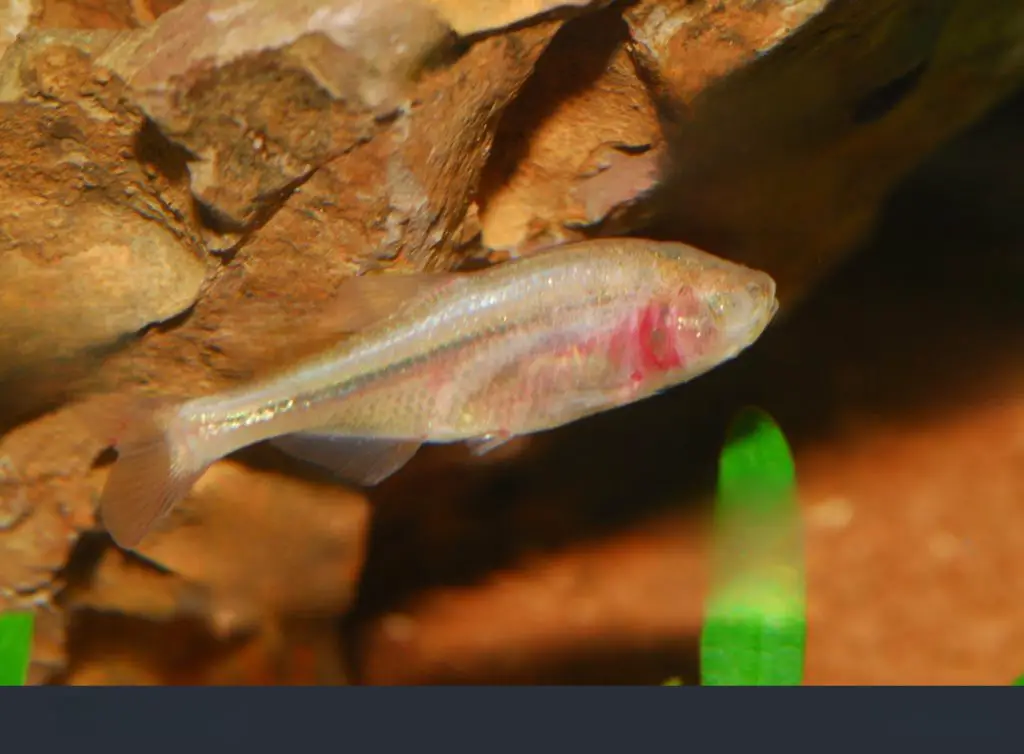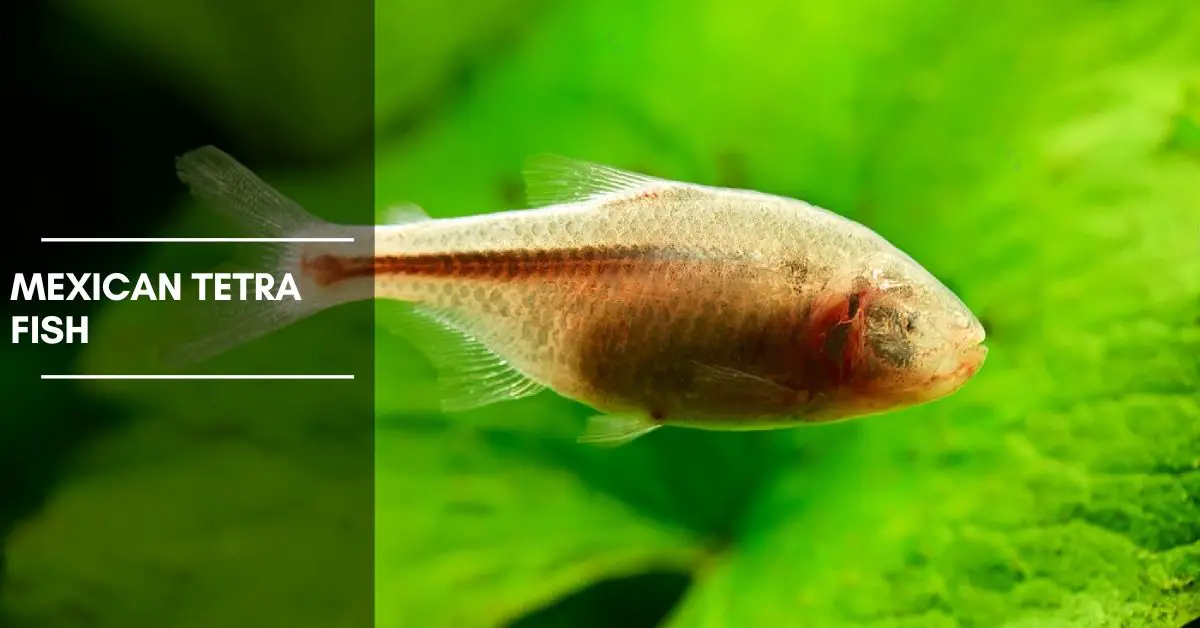The Mexican tetra fish (Astyanax mexicanus), also known as the blind cave fish, is a species of freshwater fish that is native to Mexico and parts of the southern United States. They are known for their unique adaptation to living in the dark, nutrient-poor environments of underground caves, where they have evolved to survive without eyesight.
In this article, I will explore the habitat, behavior, and importance of Mexican tetra fish.
Habitat of Mexican Tetra Fish
Mexican tetra fish live in rivers, streams, and underground caves that are filled with fresh water. Most of the time, they live in shallow, slow-moving water in the rivers and streams in Texas and Mexico that flow into the Rio Grande. In caves, they live in underground pools and streams that don’t have much-dissolved oxygen or food.
The behavior of Mexican Tetra Fish
Mexican tetra fish have a unique behavior that is adapted to their environment. As they have evolved to live in the dark, their eyesight has become obsolete, and they rely on their other senses to navigate their environment.
They use their sense of smell to locate food and their lateral line system to detect movement and vibrations in the water. In addition, they have evolved to have a heightened sense of touch, which allows them to detect changes in their environment and avoid predators.

Importance of Mexican Tetra Fish
Mexican tetra fish play an important role in their ecosystem. As a primary consumers, they feed on algae and other small organisms, helping to maintain the balance of the food chain.
They are also a great way to study how animals’ eyes and behaviors have changed over time. They have also become popular in the aquarium trade because of how unique they look and how well they can adapt to different environments.
Life Cycle of Mexican Tetra Fish
Mexican tetra fish have a relatively short life cycle, with an average lifespan of three to five years. They reach sexual maturity at around one year of age and breed throughout the year, with females producing up to 100 eggs per breeding cycle. The eggs hatch after two to three days and the fry reaches maturity within six months.
Threats to Mexican Tetra Fish
Mexican tetra fish are facing several threats to their survival. Habitat loss and degradation due to urbanization and agriculture are major threats to their populations, as are invasive species that compete for resources and prey on the fish. Additionally, pollution and changes in water quality can have negative impacts on their health and behavior.
Conservation Efforts for Mexican Tetra Fish
Several groups are working to protect the habitat and populations of Mexican tetra fish. One of these efforts is to set up protected areas and wildlife refuges where fish can stay safe.
Additionally, captive breeding programs have been established to help maintain genetic diversity and ensure the survival of the species.
Mexican Tetra Fish in the Aquarium Trade
Mexican tetra fish have become popular in the aquarium trade due to their unique appearance and adaptability to different environments. They are a hardy species that can tolerate a wide range of water conditions and are relatively easy to care for.
However, it is important to note that wild-caught specimens should not be kept in captivity, as they are under threat in their natural habitats.
Conclusion
The Mexican tetra fish is a fascinating species that has learned to live in some of the harshest places on Earth. Because of how they act, how important they are to their ecosystem, and how well they can adapt to different environments, they are good subjects for research and conservation efforts.
However, they are facing significant threats to their survival, and it is important to take action to protect their habitats and populations. As a species that has captured the attention of aquarium enthusiasts, it is crucial to ensure that they are only kept in captivity under proper conditions and that wild populations are not further depleted.
FAQs
Q: Can Mexican tetra fish survive outside of caves?
A: Yes, Mexican tetra fish are adaptable to different environments and can survive in rivers, streams, and other freshwater habitats.
Q: Are Mexican tetra fish suitable for beginners in the aquarium hobby?
A: Yes, Mexican tetra fish are hardy and relatively easy to care for, making them a good choice for beginner aquarists.
Q: Why are Mexican tetra fish also called blind cavefish?
A: Mexican tetra fish are called blind cave fish because they have evolved to live in complete darkness, which has led to the loss of their eyesight.
Q: How do Mexican tetra fish find food in the dark?
A: Mexican tetra fish use their sense of smell and their lateral line system to locate food in the dark.
Q: Are Mexican tetra fish endangered?
While Mexican tetra fish are not currently classified as endangered, they are facing threats to their populations due to habitat loss, invasive species, and pollution. Conservation efforts are ongoing to protect their habitats and populations.

Hi, my name is Sean, and I’m the primary writer on the site. I’m blogging mostly about freshwater and saltwater aquariums, fish, invertebrates, and plants. I’m experienced in the fishkeeping hobby for many years. Over the years I have kept many tanks, and have recently begun getting more serious in wanting to become a professional aquarist. All my knowledge comes from experience and reading forums and a lot of informative sites. In pursuit of becoming a professional, I also want to inspire as many people as I can to pick up this hobby and keep the public interest growing.
Read more about Sean.
Please join also my Facebook group.

